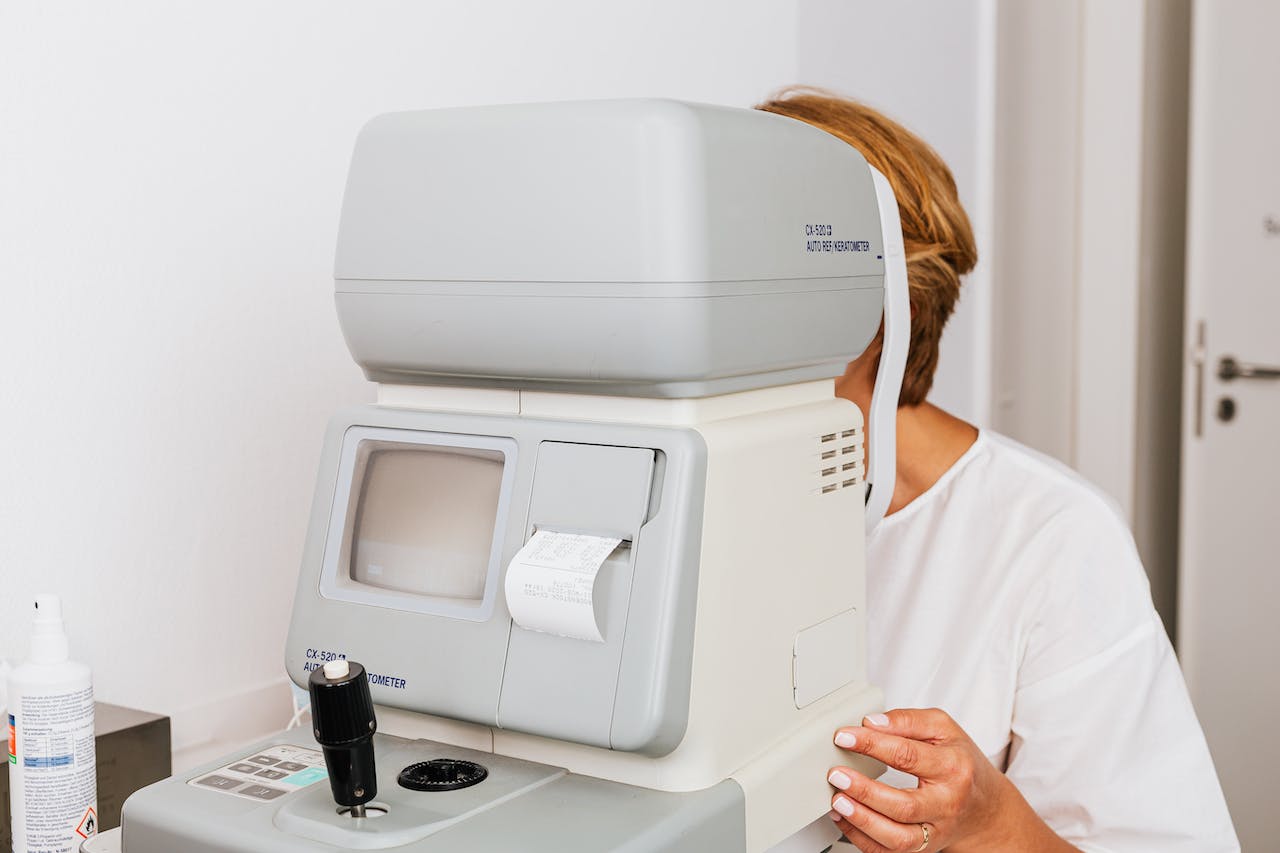Nanodropper, Inc., an ophthalmic device company that created the eyedrop volume-reducing Nanodropper® Adaptor, announced today that its clinical trial “An Evaluation of the Efficacy and Safety of Timolol Maleate 0.5% Microdrops Administered with the Nanodropper” was published in the journal Ophthalmology.
This was a prospective, multicenter, randomized, parallel-group, single-masked, active-controlled, non-inferiority trial. The trial enrolled glaucoma patients and demonstrated there was no clinically significant difference in the intraocular pressure (IOP)-lowering effects of microdrops administered with the Nanodropper Adaptor compared to conventional eyedrops of timolol, an eyedrop medication commonly used to treat glaucoma. This was observed at all time points throughout the eight-hour study. Subjects in the microdrops arm also experienced a significantly smaller decrease in heart rate compared to those that received conventional drops, demonstrating there could be an enhanced safety profile of using a microdrop of timolol compared to a conventionally-sized eyedrop.
“We are thrilled, albeit not surprised, by these encouraging results demonstrating the Nanodropper Adaptor’s capacity to improve patient safety,” said Jenny Steger, PhD, Chief Scientific Officer of Nanodropper. “Thousands of eyecare clinics in the U.S., and tens of thousands of patients worldwide, are already utilizing the Nanodropper to great effect. This study reflects the benefits these patients have been experiencing.”
The Nanodropper Adaptor is the first and only sterile adaptor for eyedrop bottles that reduces eyedrop volume to just what the eye can absorb, significantly reducing medication waste and financial barriers for patients and clinics. This study’s results suggest the Nanodropper Adaptor’s microdrops provide patients an enhanced safety improvement over conventional eyedrops while maintaining the efficacy of the medication.
“Eyedrop size has not seriously been commercially addressed in the past,” said Alan L. Robin, MD, corresponding author on the publication and a global leader in glaucoma research and treatment for decades. He is a charter member of the American Glaucoma Society, its first executive vice president, and sits on Nanodropper’s Medical Advisory Board. His previous research on microvolume delivery of eyedrops directly inspired the creation of the Nanodropper Adaptor.
“I believe microvolume delivery technologies may offer solutions in the form of less waste, increased patient savings, and hopefully better safety profiles for many topical ophthalmic medications,” said Dr. Robin. “Nanodropper is the first commercially available potential solution to this long-standing problem.”




